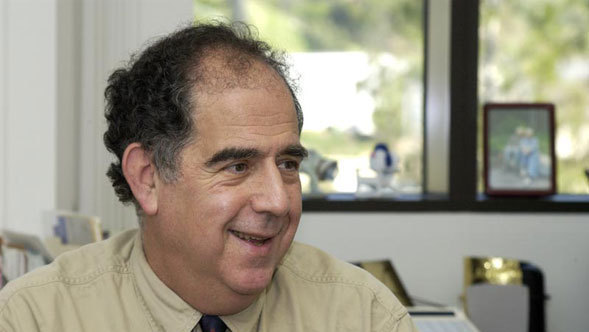
News Release • February 9th, 2006 • feature06-03 •
Written by Linda Vu
Spitzer Science Center
Among the thousands of top interdisciplinary scientists, policy makers, journalists, and general science enthusiasts who are gathering in St. Louis, Mo. from February 16-20 for the 2006 American Association for the Advancement of Science (AAAS) meeting is Spitzer Space Telescope Project Scientist Dr. Michael Werner.
Werner will be speaking about Spitzer's contribution to science at symposiums on NASA's Great Observatories: Challenges and Rewards and Stardust: The Birth and Death of Solar Systems. Throughout the four-day conference, scientists from across the globe will speak in over 200 interdisciplinary symposiums.
"I am really looking forward to participating in these forums," says Werner. "Launching the Great Observatories was a great human accomplishment and now we can finally see the fruits of those observatories working together."
According to Werner, this year's AAAS conference is one of the first national meetings to have a panel where scientists from each of the Great Observatories (the Compton Gamma Ray Observatory, Chandra X-ray Observatory, Hubble Space Telescope, and Spitzer) come together to talk about the benefits of weaving together observations at different wavelengths.
He also notes that Spitzer has contributed a great deal to the study of stardust and speaking about those contributions in an interdisciplinary arena where geologists and other dust experts can offer insights is a great intellectual opportunity.
"We've found from Spitzer and other missions that the structure of silicates, or sand-like materials, around stars are different from silicates in the interstellar medium," says Werner. "As astronomers we know very little about how silicates evolve, but perhaps a geologist can offer some insights."
The AAAS is a non-profit professional society dedicated to the advancement of scientific and technological excellence across all disciplines, and to the public's understanding of science and technology. Founded in 1848, the organization is among the oldest scientific societies in America. The theme of this year's annual conference is Grand Challenges, Great Opportunities.



